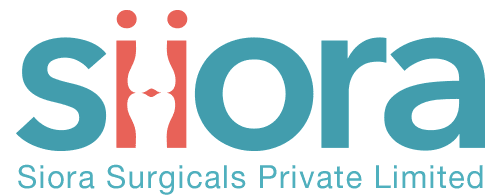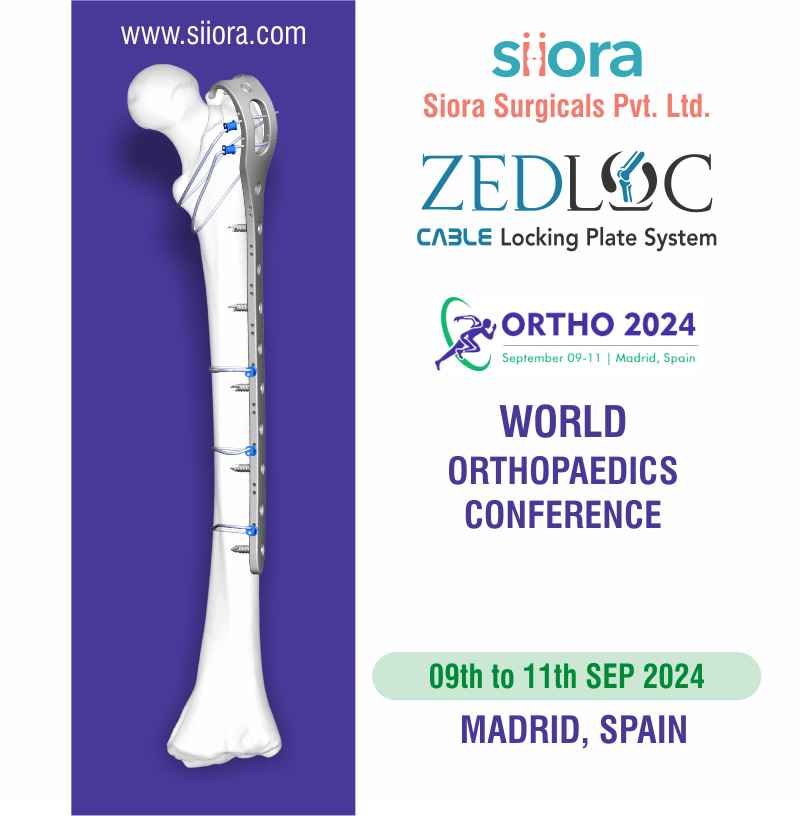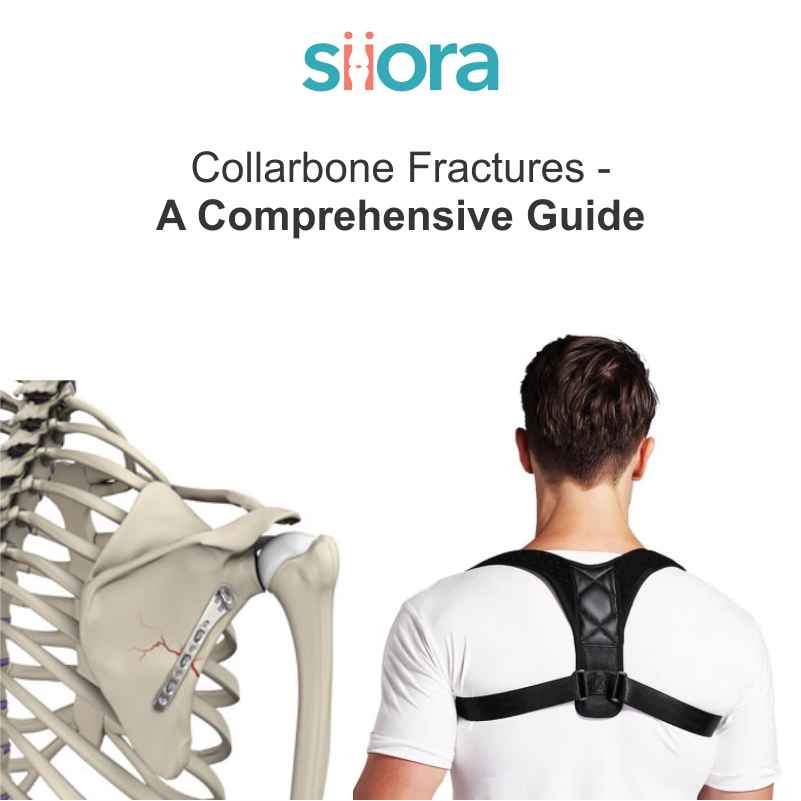Basic Principles and Techniques of Plate Fixation – Excellent results of fractured bones by plate and screws can be achieved not only by following biomechanical principles but also depends on the quality and design of plate, screw, and bone health.
Various Factors Can Be Responsible for Good Results.
Plate material should be adequate in its strength. The strength of the plate varies with the cube of the thickness of the material. Titanium material’s plate stiffness is less than steel. Moreover, the very stiff plate can weaken the bone after fracture healing is complete. Hence, titanium has a distinct advantage over stainless steel.
The contact surface of the plate also has an important role in the excellent results. Conventional plate due to larger contactareahampers the underneath blood supply of bone leading into immediate post-fixation osteoporosis.
Based on the Above Observations the Need for New Design Was Felt.
To minimize the surface contact area removal of substantial material is necessary from the undersurface of the plate between the screw holes. This arched appearance has the following distinct advantages over the conventional plates.
A: = It reduces the stiffness of the plate to the same level as that of the screw hole area Resulting in less chance of breakage as compared to conventional plates.
B: = Since it has uniform stiffness throughout the plate in spite of holes. One can contour the newer design plates in a continuous curvature. It evenly distributes the Bending and torsional stresses over a long segment along with the plate. Moreover, the Screw head has a good fit despite the bending of the plate. Also, the even distribution of holes in a Long length plate prolongs the fatigue life of the plate.
C: = The design of plate holes also contributes to the longevity and modularity of the Implant. Even distribution of plate holes symmetrically is there along with the plate with Oblique undercuts on the inner side of the plate.
Undercut allows the unhindered inclination of lag screw up to 40 degrees Longitudinally and 7 degrees in the transverse plane. A proper compression across the fracture can be achieved through plate holes with the modularity of bi-directional Screws.
One more advantage of even distribution of holes is that in case of an exchange or Revision surgery of plates is that one can use the longer plate without conflicting with Previously drilled holes.
As regards the surgeon’s factor, proper exposure of fracture, good surgical Technique, and choosing the proper length of the ortho implant (plate) also contributes to the excellent Final result. Choosing the short implant (plate) will make the construct unstable while Too long an implant (plate) will cause unnecessary damage to soft tissues and prolongs the operating time as well.
BY:
PIYUSH CHANSOURIYA
M.S. (ORTHO.)
VARANASI, INDIA.
Email-pchansouria@gmail.com








